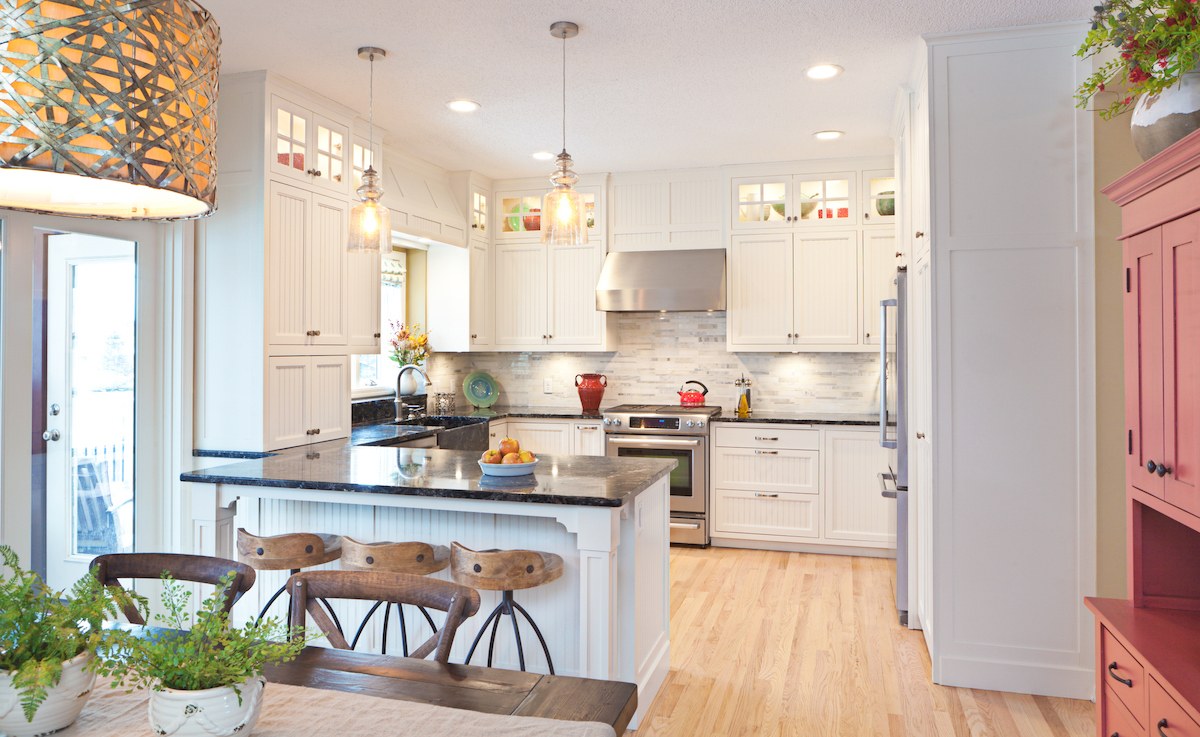Home Selling Tips
Days on market: what they are, why they matter
Reading Time — 5 minutes
September 19, 2017
By Marcie Geffner
Reading Time — 5 minutes
September 19, 2017
Bread. Cake. Data. News.
Sooner or later, they all get stale.
The same can be said of for-sale homes. When you’re trying to sell, stale is one thing you don’t want your home to be.
While there’s no hard-and-fast rule for when a home becomes stale, there is a key metric that tells buyers how long your home has been for sale. Known as days on the market, or DOM, this metric counts up by one every day your home remains unsold.
What does DOM mean
The National Association of Realtors defines DOM as the number of days from the date on which the property is listed for sale on the local brokers’ multiple-listing services (MLS) to the date when the seller has signed a contract for the sale of the property.
The important point is that buyers (and their realtors) use DOM as a fast way to figure out which homes are fresh. As your home’s DOM creeps higher, buyers may not know the reason, but they’ll know your home is stale.
Low DOM, high DOM
A related metric is the average DOM for homes sold in a market during a specified period. A low average DOM indicates a strong market that favors sellers. A high average DOM signals a weak market that favors buyers. Seasonality can also be a factor. Homes generally sell faster in spring than winter, particularly in markets with snow and ugly weather.
Seller’s markets have predominated in the United States for the last few years. In April 2017 the National Association of Realtors found the national median DOM had dropped to 29 days, the shortest time since the group began to track the metric in 2011. A high DOM for a particular home in a strong seller’s market with a low average DOM is a red flag for buyers that may lead them to believe something is wrong with the home.
These are the median number of days a home is active on the Multiple Listings Service in the markets Opendoor is operating in as of September 8, 2017, according to Realtor.com:
Phoenix / Mesa / Scottsdale, Arizona: 51 days (-12%, year over year)
Dallas / Fort Worth / Arlington, Texas: 43 days (+5% year over year)
Las Vegas / Anderson / Paradise, Nevada: 47 days (-24% year over year)
Atlanta / Sandy Springs / Roswell, Georgia: 52% (unchanged)
Keep in mind that DOM for your specific neighborhood might vary from the average days on market in an area – so we recommend that you ask your realtor or do some additional online research yourself.
→ Want to close in just a few days at a competitive price? Learn how we make selling your home easier.
Why DOM matters
DOM in real estate is important for buyers and sellers, but the stakes are higher for sellers. Homes typically generate the most interest when they’re new to the market. After the first few weeks, the phone calls, showings, and open-house visitors tend to drop. Interest wanes as buyers purchase other homes. Once all current buyers have seen your home, you’ll be limited to the smaller population of new buyers entering the market.
When buyers notice your home’s above-average DOM, they’ll wonder what’s wrong. The question typically has three answers: price, condition, or location. Since you can’t change the last, you’ll have to make your home more desirable for buyers, lower your asking price or both. A high DOM can also lead buyers to think you’re unmotivated, stubborn or unavailable.
→ Want to know days on market for your neighborhood? See local real estate trends.
Ways to help reduce DOM
If your home has been on the market for quite some time, you should consider to take action:
Get the price right on day one of the listing
We’ve explained in details in another post how to calculate the value of your home and accurately determine its sale price. Essentially, if you aim to retrieve every dollar you’ve spent on your home over the years, if you aren’t realistic about the market, or engage in a host of other common pricing mistakes, you could risk your home lingering unsold.
Price adjustment
There is no rule on the timing or amount of a price reduction. Rather, that depends on your local market and how much activity you’ve had. If dozens of buyers have seen your home, but you haven’t received any offers close to your asking price even as similar homes have sold, you’ll need to act soon.
Repairs and renovation
Ideas to update your home might include fresh paint, new windows, updating your bathrooms or resurfacing kitchen cabinets. If you’re handy, you might remove wallpaper and scrape off those popcorn ceilings, as we’ve explained in our guide about steps you should take to increase your home’s value. Anything to make the home look fresh and modern.
Cleaning and staging
Remove anything off-putting, like dirty drapes or soiled carpeting. If your home is full of clutter or has pet odors, consider hiring a professional cleaner. A home staging pro can rearrange your furniture and bring in colorful accessories in ways that can make your home appear more appealing to buyers. Potential buyers want to imagine themselves relaxing in their new home, not stressing over upgrades.
Re-listing to reset DOM
Another common strategy, as The Balance notes, is for your realtor to take your house off the market for a few weeks or months and then offer it again, possibly with a new, lower price. This might restart your DOM counter and give buyers the impression that your home just came on the market, although playing the system isn’t considered the most ethical option.
The other choice is to wait and hope that real estate market values rise to your asking price. If prices are stable or headed down, you might want to take your home off the market, perhaps renting it out, until prices meet your expectations. But if prices are rising, patience might pay off.
This article is meant for informational purposes only and is not intended to be construed as financial, tax, legal, real estate, insurance, or investment advice. Opendoor always encourages you to reach out to an advisor regarding your own situation.


